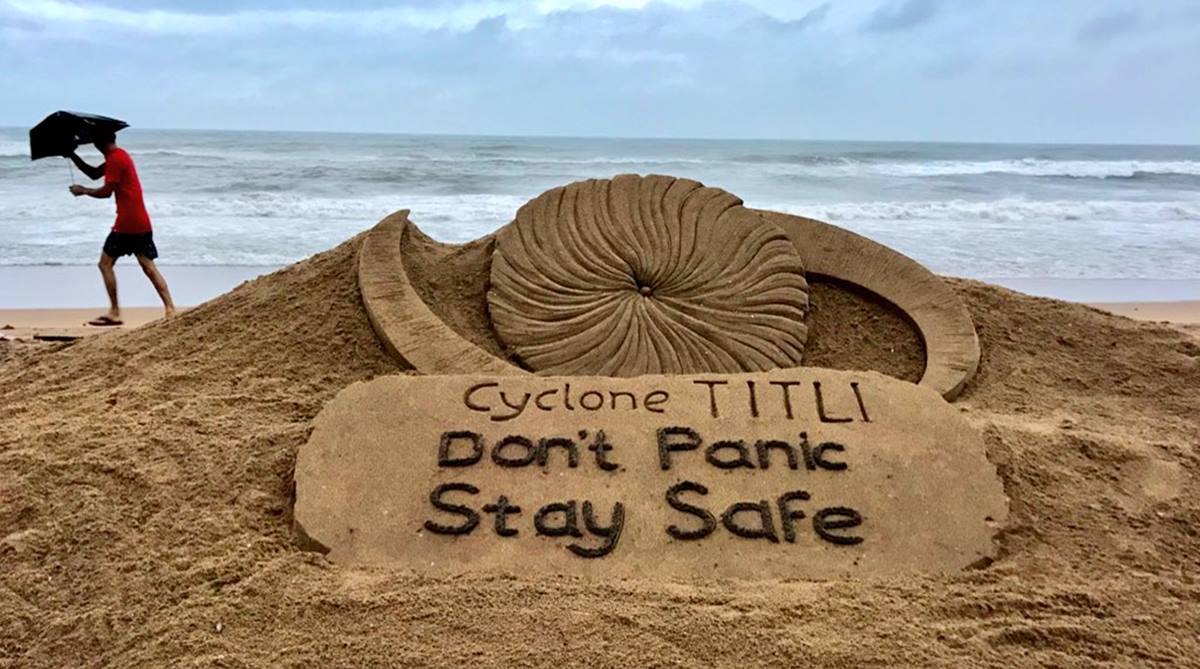The wind howled in Odisha and Andhra Pradesh on Thursday amidst grim forebodings of a cyclonic windspeed of 165 km per hour, even a possible rerun of Supercyclone of November 1999, not to forget Cyclone Phailin that had struck Gopalpur in 2013. As it turns out, neighbouring Andhra Pradesh has been battered by Cyclone Titli, with eight deaths till Friday morning and the cancellation of flights and trains.
In a word, the cyclone has wrought havoc both in terms of human life and connectivity to Odisha and southwards. We must give it to the administration in Bhubaneswar ~ where the rainfall has been relentless for the past 72 hours ~ that post the catastrophe close to 20 years ago, the state has risen to the occasion. It has in the national perspective emerged as a pathfinder in the task of coping with a natural calamity, with the wherewithal that many a state would be proud of but few able to claim.
Advertisement
This was exemplified by the remarkably prompt evacuation of no fewer than 3 lakh people in the coastal towns 24 hours before Titli made its landfall in Palasa (Andhra Pradesh), and not Gopalpur as forecast. Nonetheless, it has altogether been a severe jolt to Odisha’s coastal belt, most particularly Ganjam, Gajapati and Raigada districts. It redounds to the credit of Mr Naveen Patnaik’s BJD government that Odisha has been the first state to put in place an Odisha State Disaster Management Authority (OSDMA), which is backed up by the Odisha Disaster Rapid Action Force.
This structural arrangement has ensured an effective response, as immediate as it was concerted. The district administrations had acted with the very first weather forecast on the impending cyclone, reaffirming that there ought to be no time-gap between the alert and response. It bears recall that 5 lakh people in Gopalpur were evacuated in 2013, an effort that had earned the compliments of the United Nations. Perhaps alone in the country, relief volunteers are trained throughout the year and mock-drills conducted. If Odisha has been spared the worst this time around, the state owes not a little to human endeavour.
With not dissimilar alacrity, the government will be expected to contain the ballooning food inflation in the wake of the cyclone not the least because the purchasing power of people in the affected districts of southern Odisha is relatively limited, with a sizable swathe belonging to the BPL category. This isn’t the time for traders to exploit the misery of the dispossessed.
No less imperative is the need to restore power supply in large parts of the state and repair the battered roads to ensure smooth connectivity within the state in the moment of a natural calamity. Considering the heavy rain, the danger of floods is dangerously real. Relief has been taken care of; the challenge of development can be equally forbidding.











